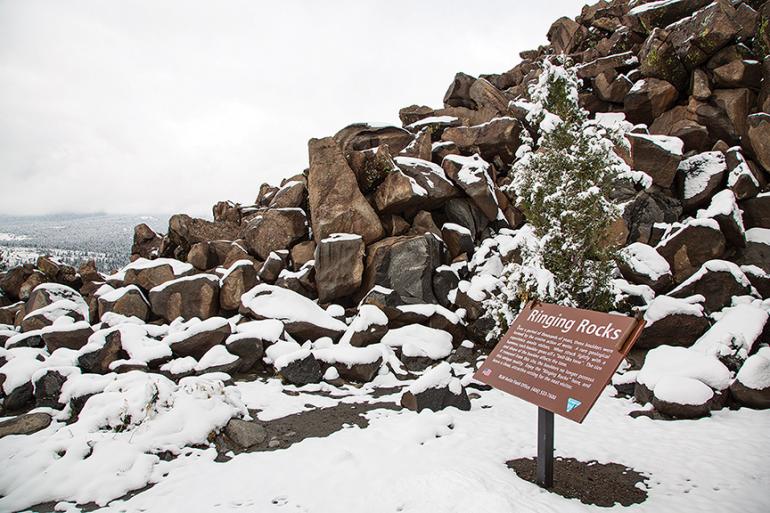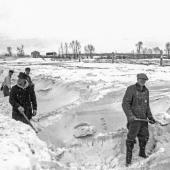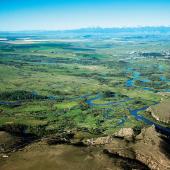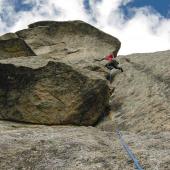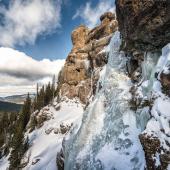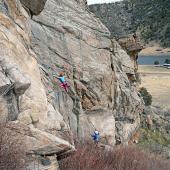Rock Out
The geology of Pipestone and Homestake.
Montana is full of interesting history, but one chapter often overlooked is our copper heritage. Strap in and let’s take a trip from Butte to the Jefferson Valley, up and over Homestake Pass.
Butte was the most profitable hard rock mining town in American history. The 1860s brought gold prospectors working placer gold claims with some intriguing silver veins in quartz. Yet neither of these two sought-after ores brought fame to the town; copper is what put Butte, America on the map. In the 1880s, it was the world’s largest copper producer. One of the three Copper Kings was Marcus Daly from Ireland. He surrounded himself with fellow Irishmen and paid the best wages in the United States. Whereas immigrants would adapt and blend into other cities of the time, the Irish in Montana would build and shape Butte with an Irish heritage. Transforming Butte from a sleepy mining camp to a vibrant city where the culture of the East mingled with the wild of the West. So many miners from all over the world descended on Butte that the no-smoking signs within the tunnels were written in 16 languages.
Heading east on I-90 weaves one up the Continental Divide of the Rocky Mountains and peaks at 6,329 feet at the top of Homestake Pass. On both sides of the road are eye-catching boulder fields, a strange landscape that looks as if a giant dumped his rock collection into piles. This is the Boulder Batholith that formed millions of years ago as magma was rapidly forced upward. At extreme temperatures, it partially melted and thrust aside the surrounding native rock. Pleistocene periglacial freezing and frost-heaving eroded away the soil and exposed the massive boulders.
Continue on to to see a wonderfully weird phenomenon: the Pipestone Ringing Rocks. Upon approaching the Ringing Rocks, it appears that the giant left behind another pile of unwanted stones. However, these are special rocks. So special that there are only four other areas like it in the world: Mexico, England, western Australia, and Pennsylvania. These rocks ring like a bell when lightly tapped with another hard object. They will chime with different tones and pitches. Bring friends and you can literally jam out with your own “rock band.” Oddly, if a boulder is removed from the pile it loses its musicality. Some think that the orphaned stone will still produce a tone, but at a range that we can't hear. They feel that it is not only the special makeup of the stones, but also how they are interacting with the others, that enable us to hear their sounds. The access road to this wonderful spot is narrow and curvy; use caution.
To get to the Ringing Rocks, take Exit 241, drive east on the gravel road, then north on another gravel road marked #2. Cross the railroad tracks and continue four miles on a rough dirt road. Park at the rail fence and walk up the road to the Ringing Rocks sign.
Patti Albrecht is the owner of Earth's Treasures in Bozeman.

